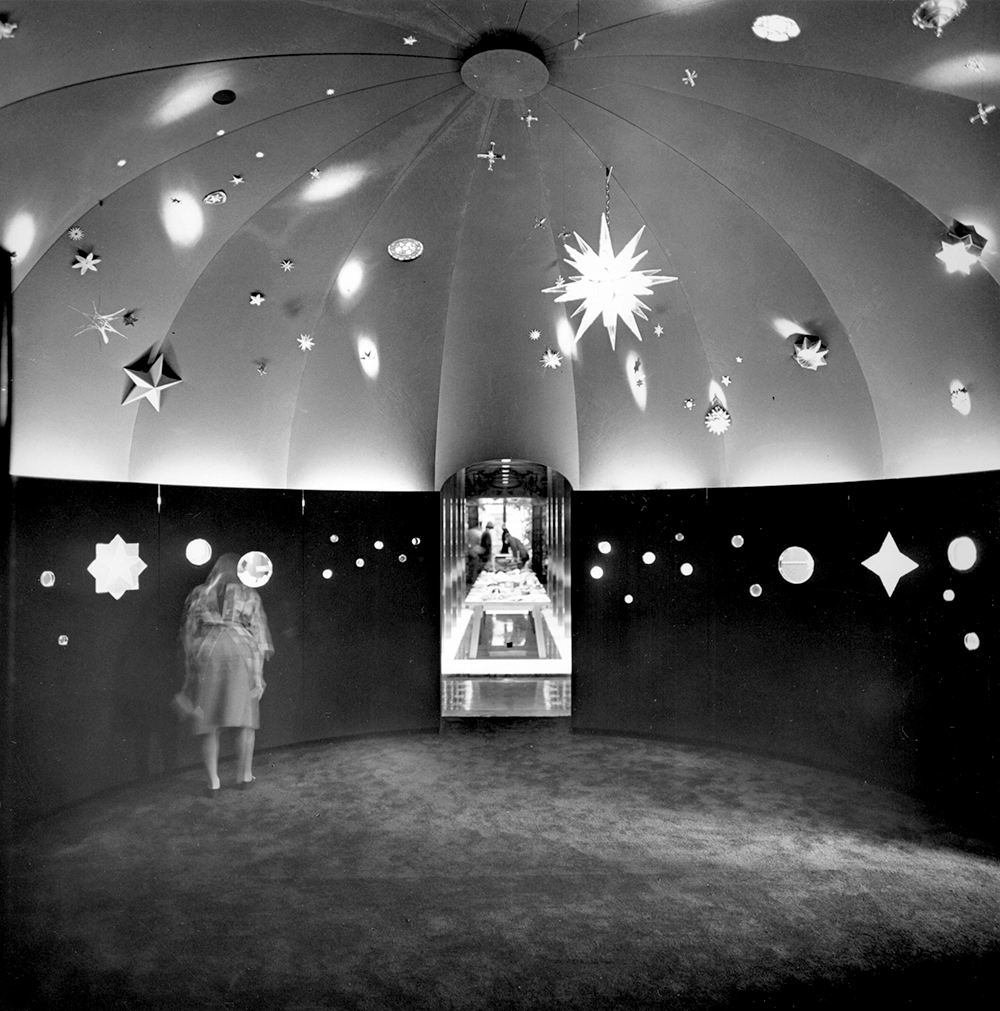
The notion of “environment” took on a plethora of meanings in the 1960s, encompassing both the natural and the man-made, locating the concept within the complex connections between objects, cities, users, and systems. The Cooper Hewitt, Smithsonian Design Museum entered the fray as they reframed their legacy of decorative arts collections through the new paradigm of design. The museum took on the legibility of environment as a key problem in the reshaping of its mission and collections—particularly with respect to architecture. Through its inaugural exhibition, MANtransFORMS, the museum resisted the social-scientization of “environment” by highlighting the continuities between architecture and everyday objects, and the agency of the layperson in shaping and interpreting their milieu.
Continue Reading:






